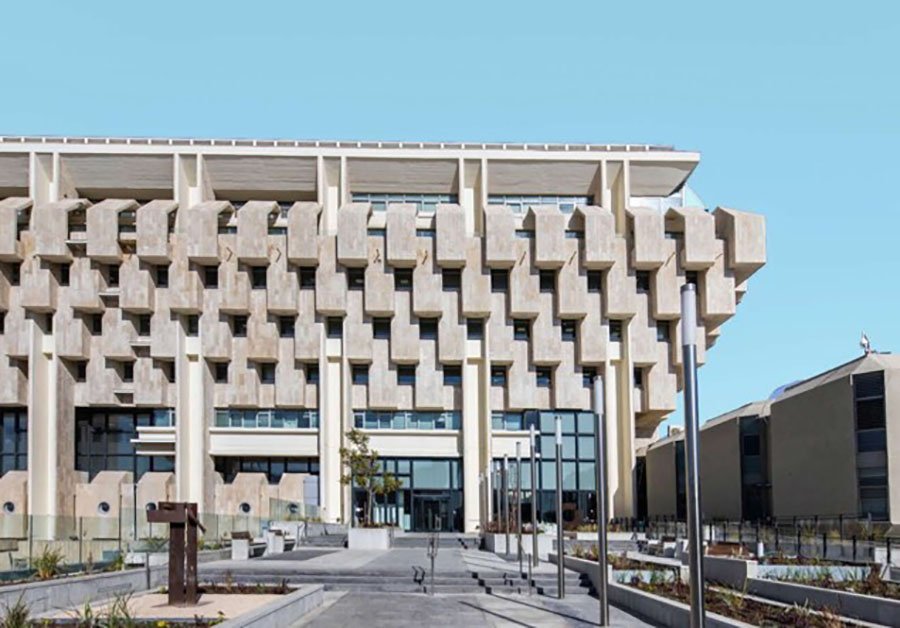читайте также
 Montenegro will introduce visas for Russians at the end of September 2026
Montenegro will introduce visas for Russians at the end of September 2026
 Tourists Are Damaging Tropical Cities: PATA Calls for Urgent Action
Tourists Are Damaging Tropical Cities: PATA Calls for Urgent Action
 Deadly Storms, Blizzards, and Tornadoes Slam the U.S. — How Millions Can Survive the Thanksgiving Weather Disaster
Deadly Storms, Blizzards, and Tornadoes Slam the U.S. — How Millions Can Survive the Thanksgiving Weather Disaster
 Housing Market in Tel Aviv 2025: Falling Prices and Declining Investor Activity
Housing Market in Tel Aviv 2025: Falling Prices and Declining Investor Activity
 US Aviation Chaos: 58 Cancellations and 2,674 Delays Hit Major Hubs as Thousands of Passengers Are Stranded
US Aviation Chaos: 58 Cancellations and 2,674 Delays Hit Major Hubs as Thousands of Passengers Are Stranded
 New priorities in the U.S. real estate market: from senior housing to data centers
New priorities in the U.S. real estate market: from senior housing to data centers
Bank of Israel Cuts Interest Rate to 4.25%: What Stands Behind the Regulator’s Decision

The Bank of Israel has lowered its key interest rate by 0.25 percentage points to 4.25%, according to the regulator’s press
release of November 24, 2025. The document notes that the decision was made against the backdrop of slowing inflation to 2.5% and a sharp recovery in economic activity in the third quarter. Additional factors included the strengthening of the shekel, a decline in the risk premium, and continued growth in the stock market.
Economic dynamics in Israel intensified in the third quarter: GDP grew by 12.4% year-on-year, while business activity, consumption, and imports demonstrated a sharp rebound after the downturn of the second quarter. The Bank of Israel notes that all components of domestic demand increased, while imports (excluding diamonds and defense supplies) rose by almost 37% year-on-year. Goods import and export figures continued to grow in October as well.
Inflation stabilized within the target range: the consumer price index rose by 0.5% in October after a 0.6% decline in September, while annual inflation held steady at 2.5%. Including energy, fruits, and vegetables, the annual rate reached 2.7%. The non-tradable component declined to 3%, while the tradable component remained at 1.5%. Forecasts indicate a possible temporary rise in inflation toward the end of the year, followed by a return to the middle of the target range.
The labor market remains tight. The ratio of vacancies to job seekers stays high, and wage growth continues to accelerate. The employment rate among the working-age population reached 78.9%, while labor force participation stands at 81.1%. The broad unemployment rate in this group is 2.9%.
The housing market continues to show a steady decline in prices. In October, housing costs fell for the seventh consecutive month, and the annual growth rate stood at 0.5%. The number of housing transactions continues to fall and remains below last year’s levels. Inventories of unsold new apartments are increasing. The housing expenditure component (rents in new and renewed contracts) fell 0.9% in October, while annual growth slowed to 3.1%. Mortgage lending in October amounted to approximately 8.4 billion shekels, seasonally adjusted.
Financial markets reacted positively. Israel’s stock indices grew faster than global benchmarks. The CDS-based risk premium declined and approached pre-war levels. Spreads on government bonds in shekels and dollars continued to narrow. International rating agency S&P revised Israel’s rating outlook from “negative” to “stable.” Corporate lending continues to grow at a strong pace, with a low share of loans overdue by more than 90 days.
The Bank of Israel also points to a revival in consumer activity at the start of the fourth quarter. Bank card spending in October–November exceeded the trend line, and the consumer confidence index rose significantly. Industry, trade, and services recorded improved business sentiment, although construction and hospitality showed deteriorating indicators.
The external environment remains moderately positive. The global economy continues to grow, and forecasts for 2025 have been revised upward. Business activity in the U.S. and the eurozone is expanding, with the PMI index indicating continued growth. China’s growth rates exceed expectations, although domestic consumption remains restrained. Global inflation has stabilized in most countries, while major central banks’ decisions now range from maintaining rates to selective cuts.
Forecasts. The Monetary Committee notes that inflation dynamics in the coming months may be influenced by several factors: geopolitical developments and their impact on economic activity, demand growth amid supply constraints, and fiscal conditions. The decision emphasizes that the future trajectory of the key rate will depend on inflation trends, the state of the economy, the level of uncertainty, and government actions. The preparation of the 2026 budget, which includes a planned reduction in the debt-to-GDP ratio, will play a key role in maintaining market confidence and stabilizing bond yields.
Reuters [leech=https://www.reuters.com/world/middle-east/bank-israel-cuts-key-rate-by-25-bps-after-gaza-ceasefire-2025-11-24/]notes[/leech
] that this was the first rate cut in two years. The move followed similar decisions by other major central banks and came after a U.S.-brokered ceasefire between Israel and the Palestinian group Hamas took effect last month.
Bank of Israel Governor Amir Yaron stressed that risks remain and that neither Israel nor the global economy is returning to an era of near-zero rates. According to him, by September 2026 the rate may fall to 3.75%. This level, Yaron noted, corresponds to conditions under which the economy can operate sustainably, while a gradual approach allows policymakers to monitor demand dynamics without being forced into abrupt policy reversals.





